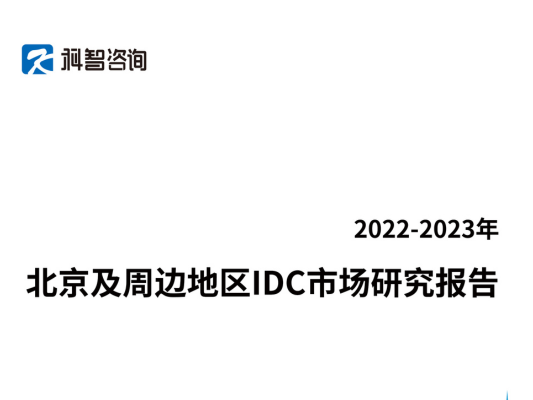Pittsburgh Supercomputing Center (PSC) has started operating its Anton 3 supercomputer.
Developed by D. E. Shaw Research (DESRES) and funded by a $3.15 million, five-year grant from the National Institutes of Health, the system is the latest in the Anton family of supercomputers.
The 64-node supercomputer replaced the PSC’s current second-generation machine, Anton 2, and will be used by scientists to simulate interactions between biomolecules and drug design.
Under the terms of the grant, the supercomputer will be made available without cost for non-commercial use by US biomedical researchers, universities, and other not-for-profit institutions, with PSC pledging to annually reserve at least 25 percent of the machine for researchers with no experience on Anton.
Unlike other supercomputers, which divide computation between application-specific integrated circuits (ASICs) and general-purpose host processors, Anton supercomputers run entirely on specialized ASICs.
“With the latest Anton system, we will be able to provide researchers with a unique resource capable of producing results in days that would take years on any other resource,” said Dr. Philip Blood, PSC’s scientific director and principal investigator of the Anton project at PSC.
Established in 1986, the PSC is a joint computational research center with Carnegie Mellon University and the University of Pittsburgh. In addition to Anton 3, the center also hosts the Neocortex and Bridges 2 supercomputers.







